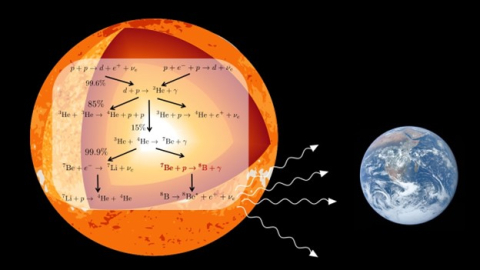
Theoretical calculations and experimental data combine to reduce uncertainty in a key reaction rate in modelling high-energy solar neutrinos.

The Project 8 and He6-CRES collaborations use a new technique to set an upper limit on neutrino mass and prepare to test the nature of the weak force.
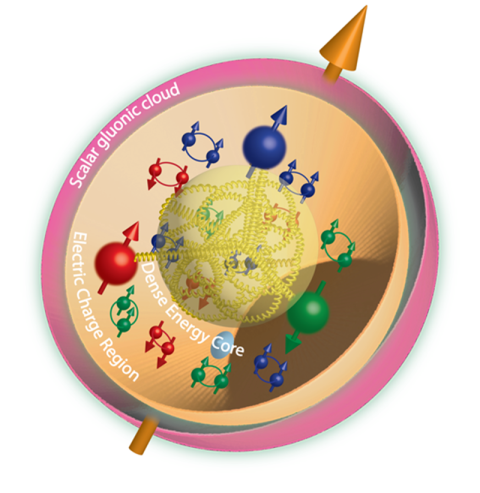
Nuclear physicists have found the location of matter inside the proton that comes from the strong force - a fundamental force that holds protons together.
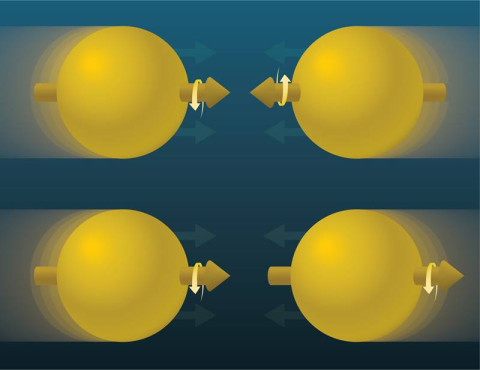
A measurement tracking ‘direct’ photons from polarized proton collisions points to positive gluon polarization.
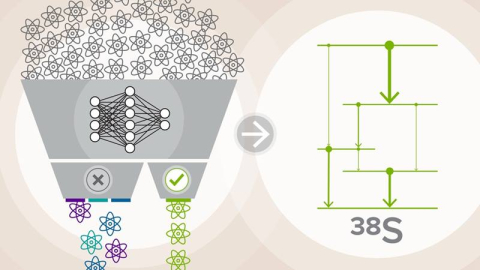
Forefront nuclear physics capabilities and machine-learning data analyses combine to generate new information on quantum energy levels in sulfur-38.
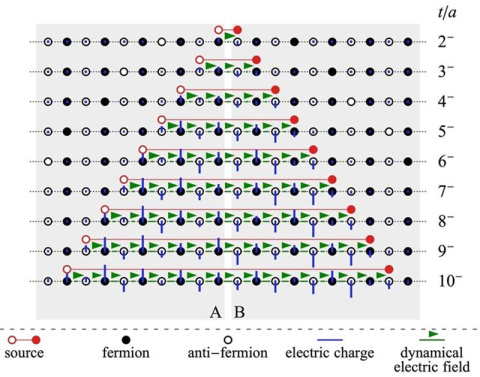
Quantum simulations reveal the presence of entanglement among the quarks produced in high energy collisions.
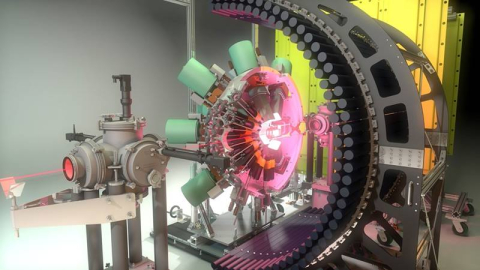
A newly discovered excited state in radioactive sodium-32 has an unusually long lifetime, and its shape dynamics could be the cause.
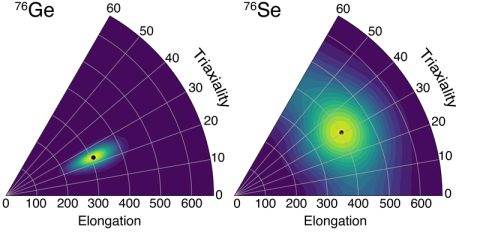
Scientists investigate neutrinoless double beta decay through neutrino mass and the nuclear structure of germanium-76.
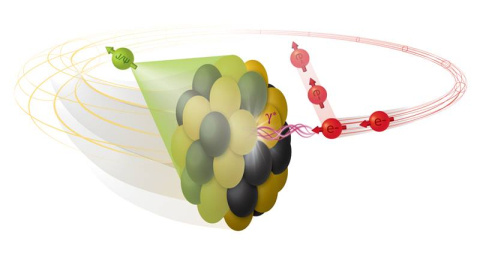
New theoretical work indicates that the future Electron Ion Collider can be used to measure the shape of atomic nuclei.
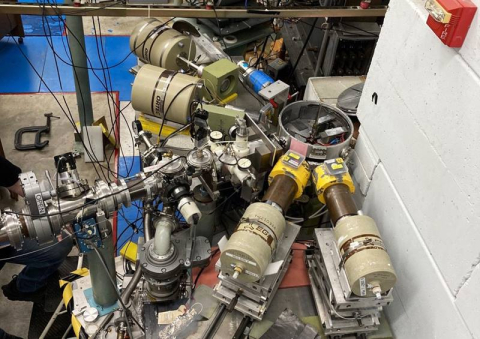
Measurements of the nuclear structure of cesium-136 open a new channel for measurements of astrophysical neutrinos and searches for dark matter.

